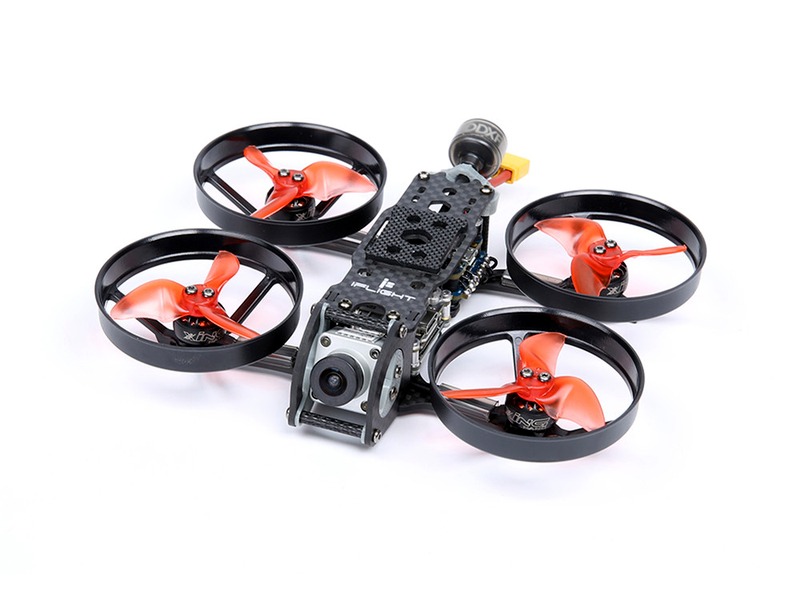How do drones resist wind?

Drones are able to resist wind by using a variety of techniques. These methods include using aerodynamic design, using thrust vectoring, and using active stabilization technology.
Aerodynamic design is the use of airflow to reduce the drag on the drone and to increase its stability in the wind. This is usually done by making sure the drone has a low drag profile, meaning that the airflow over its body is smooth and efficient. This also ensures that the air passes over the drone evenly and with minimal losses. This allows the drone to fly in a more efficient manner, which in turn helps it to resist the wind.
Thrust vectoring is a technique used to control the direction of the drone in the wind. This involves using the propellers to direct more thrust in one direction than the other, allowing the drone to counteract the force of the wind and maintain its position. This technique is particularly useful when flying in strong winds, as it helps keep the drone stable.
Finally, active stabilization technology is used to help drones resist wind. This is a system of sensors and servomotors which provide feedback on the position of the drone, as well as its speed and orientation in the air. This information is then used to alter the thrust force of the propellers to keep the drone stable in the wind. By actively monitoring the environment, the drone can make small adjustments to its thrust force and maintain its stability in the wind.
Overall, drones are able to resist wind by using aerodynamic design, thrust vectoring, and active stabilization technology. By using these techniques, drones are able to maintain their position in the air, even in unfavorable conditions. These techniques also help the drone to be more fuel efficient, as it is able to fly in a more efficient manner. This helps the drone to remain in the air for long periods of time, and in turn, helps to make it more useful for a variety of applications.
Comments / Question
2. Increase the number of rotors to decrease the amount of force each rotor needs to produce and reduce torque, thus increasing the stability of the drone in strong wind conditions.
3. Make sure the rotors are properly balanced and that the center of gravity is aligned with the center of the aircraft.
4. Use lightweight materials and reduce the overall size of the drone as much as possible without compromising its structural integrity.
5. Utilize anti-vibration technology to reduce the effect that turbulence has on the drone.
6. Increase the maximum speed of the drone to allow it to fly faster in a headwind.
7. Install weather-resistant covering on the drone to reduce drag and keep the drone from being buffeted by the wind.
2. Rotor blades: Longer, thinner rotor blades help reduce drag and increase lift.
3. High aspect ratio wings: High aspect ratio wings help reduce drag and increase lift.
4. Airfoil shape: An airfoil shape helps reduce drag and increase lift.
5. Coanda effect: The Coanda effect helps reduce drag and increase lift.
6. Vortex generators: Vortex generators help reduce drag and increase lift.
7. Winglets: Winglets help reduce drag and increase lift.
8. Canard surfaces: Canard surfaces help reduce drag and increase lift.

